Thao Trinh
Pho san (cassava noodle soup), a famous specialty of Dong Phu (Que Son District, Quang Nam Province), captivates with its unique form and unconventional ingredients that differ from traditional pho seen across Vietnam.
Before preparation, this type of pho resembles a mesh-like sheet and is made entirely from cassava - a common root found in many provinces from north to south Vietnam.
Le Thi Kim Anh, owner of a company specializing in producing and distributing pho san in Que Son, explained that the eye-catching appearance of this pho comes from the unique properties of cassava flour.
“Cassava flour is adhesive like glue, but not pliable; it breaks easily and is difficult to remove from drying racks once dry, so locals must stretch the pho strands into a mesh shape. Removing the pho requires holding one end and gently pulling,” Anh said.
Creating such a visually appealing dish requires meticulous steps: grinding the flour, soaking it, cooking, kneading, and pressing the pho.
First, high-quality cassava must be selected and processed within two days of harvest by peeling, soaking, and wilting in the sun.
The cassava is then peeled a second time to achieve a pure white color and dried. Once dried, it is ground into fine flour and soaked for 3-5 days, with the water changed and flour stirred 4-5 times daily before being cooked and pressed into pho strands.
“Making delicious pho san takes days, with each place and person having their own secret techniques. During the soaking process, timing is crucial for water changes. The cooking stage is perhaps the hardest. The batter is cooked for 40 minutes and stirred constantly to prevent burning. Previously, people stirred by hand, which was labor-intensive due to the sticky, heavy batter nearing readiness.
Thanks to modern machinery, this step is now easier, but experience is still needed to know when the batter reaches the perfect texture,” Anh shared.
After forming the strands and drying them, locals monitor the weather to ensure optimal drying conditions, usually choosing sunny days. The result is dry, crispy pho with a translucent, ivory color.
In Que Son, pho san can be prepared in many delectable ways, but the most beloved and popular dish is pho san with snakehead fish, served with banana stem slices.
Remarkably, pho san only needs to be soaked in cold or warm water for about five minutes before being drained, becoming soft and chewy - ready to be transformed into various dishes without boiling.
“Pho san is delicious in both broth and dry forms and pairs well with salad-like dishes using tangy sauces. Depending on the region and individual taste, pho san can be made into dishes like vegetarian pho, pho san with passion fruit sauce, crispy fried pho san, pho san spring rolls, and Thai-style sweet and sour pho san,” Anh suggested.
Beyond its versatility in dishes, pho san is rich in fiber, promoting satiety for longer. It is also said to contain resistant starch - a type of starch that the body cannot fully digest - making it less likely to cause weight gain.
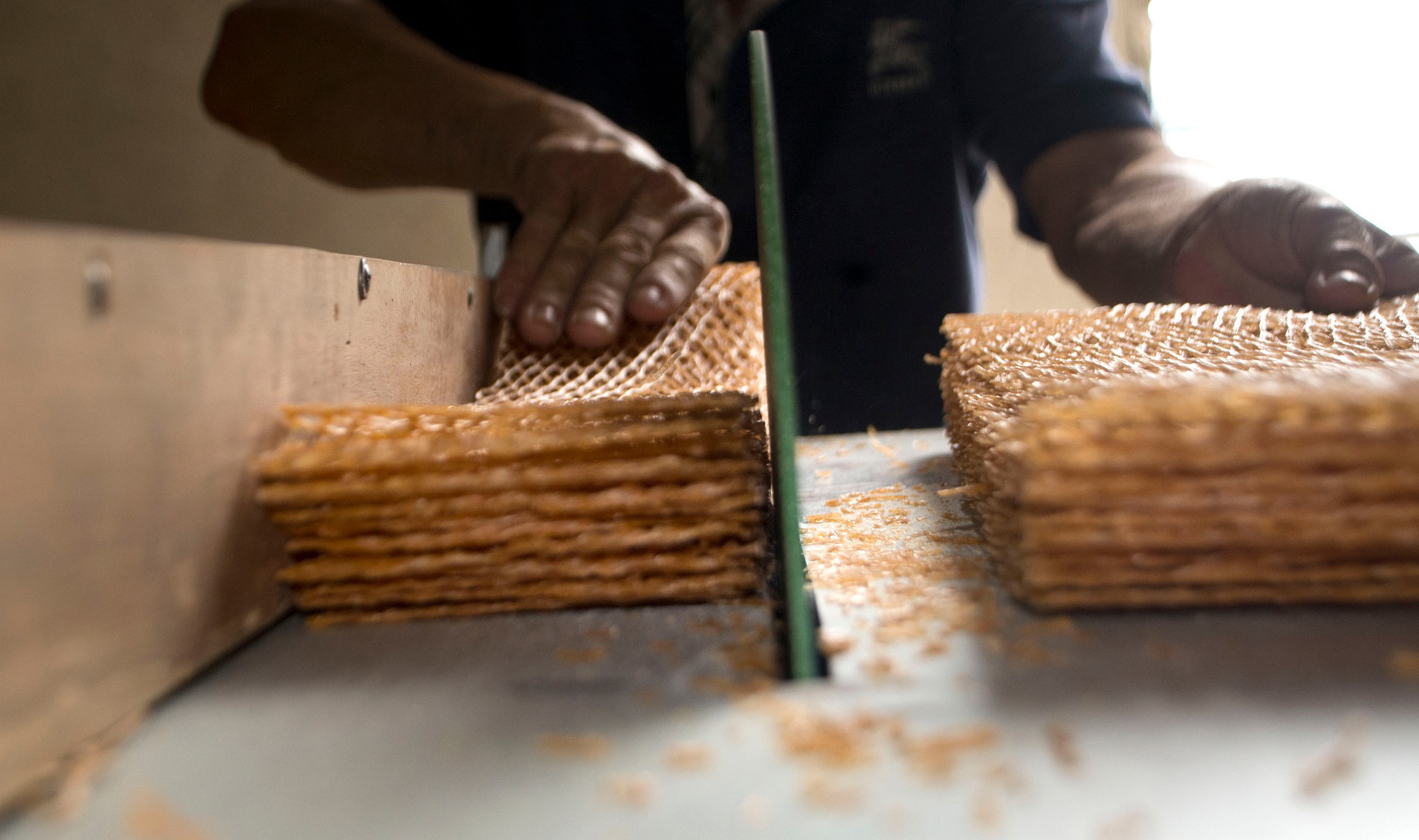
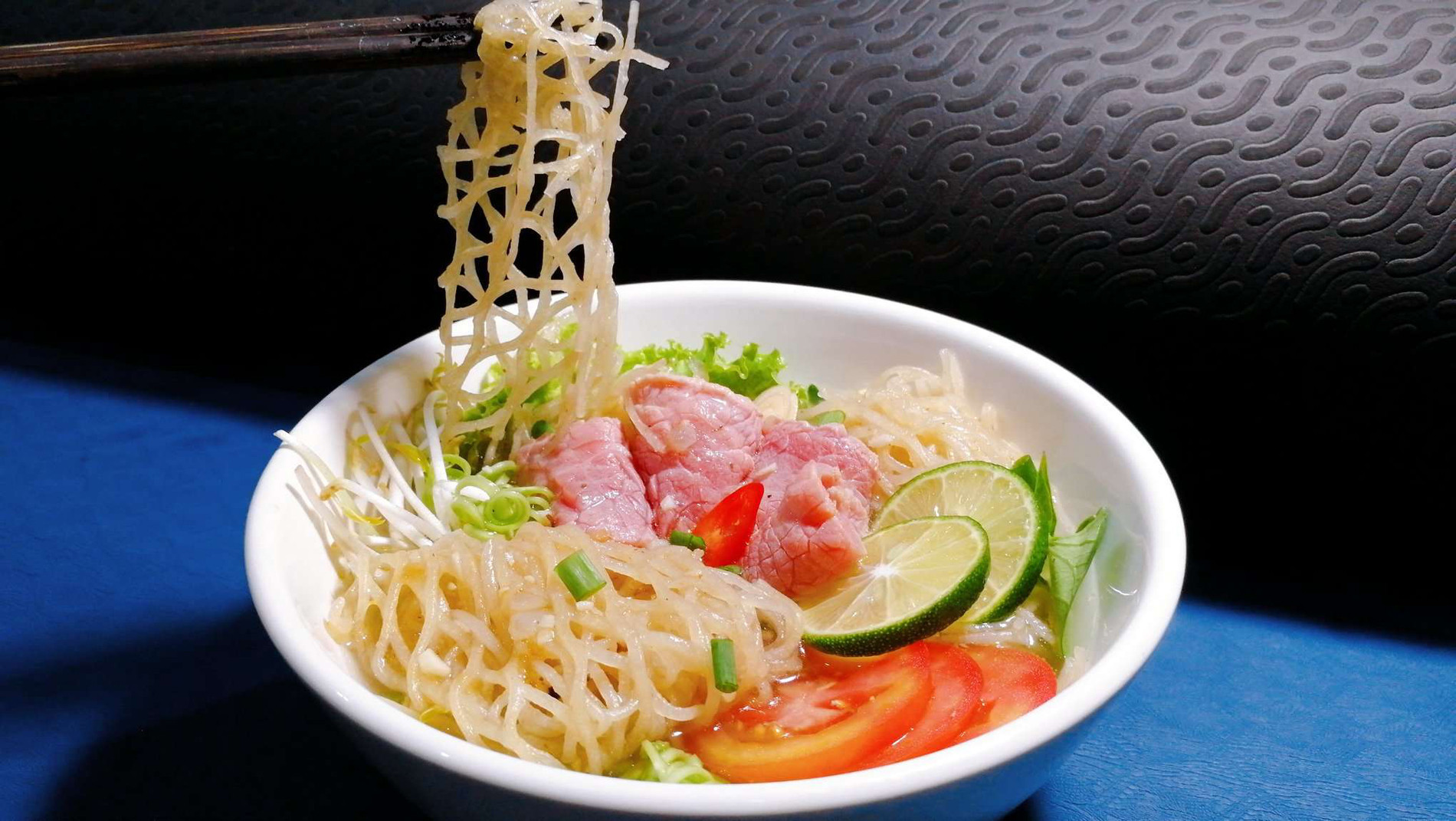
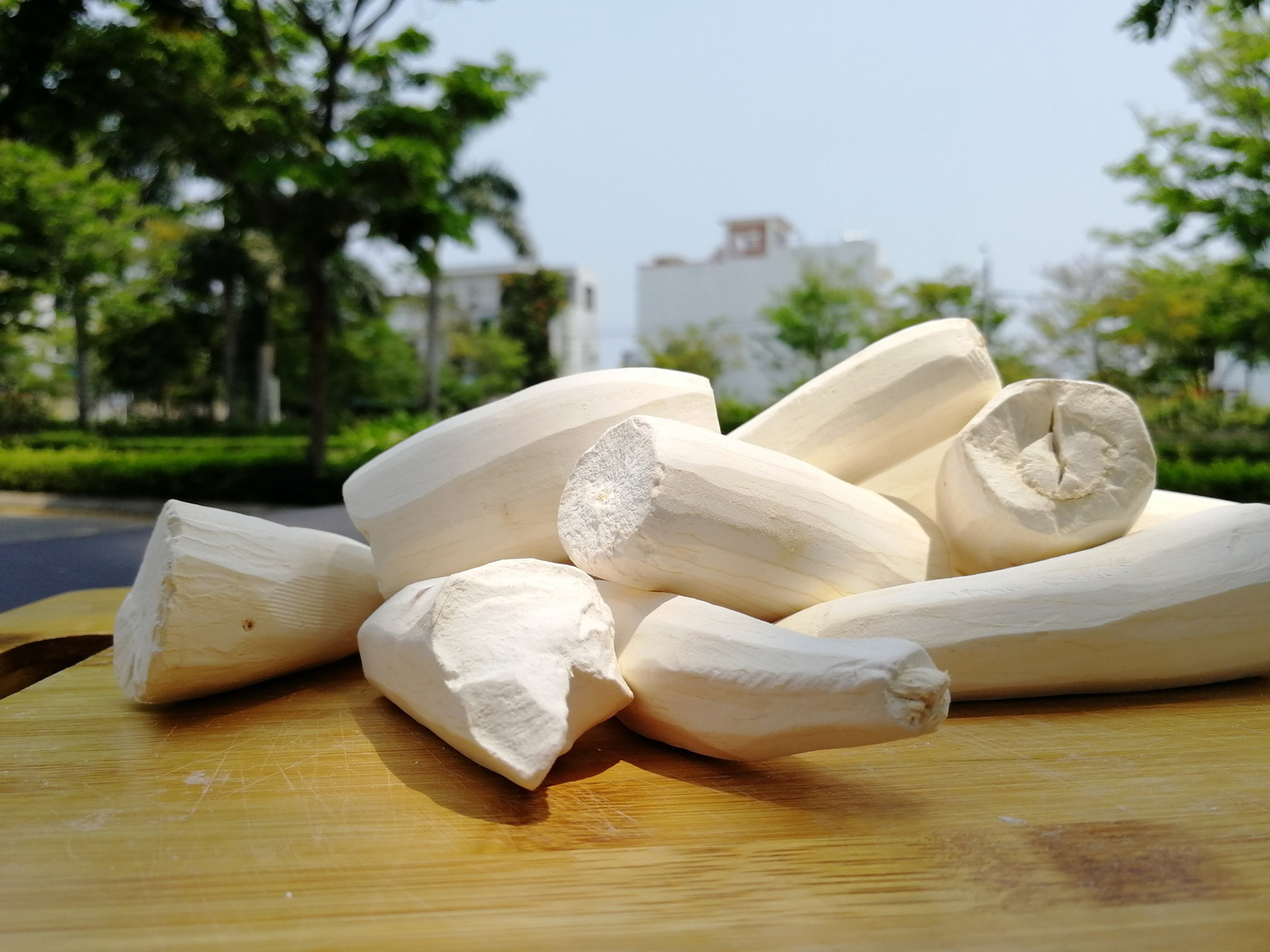

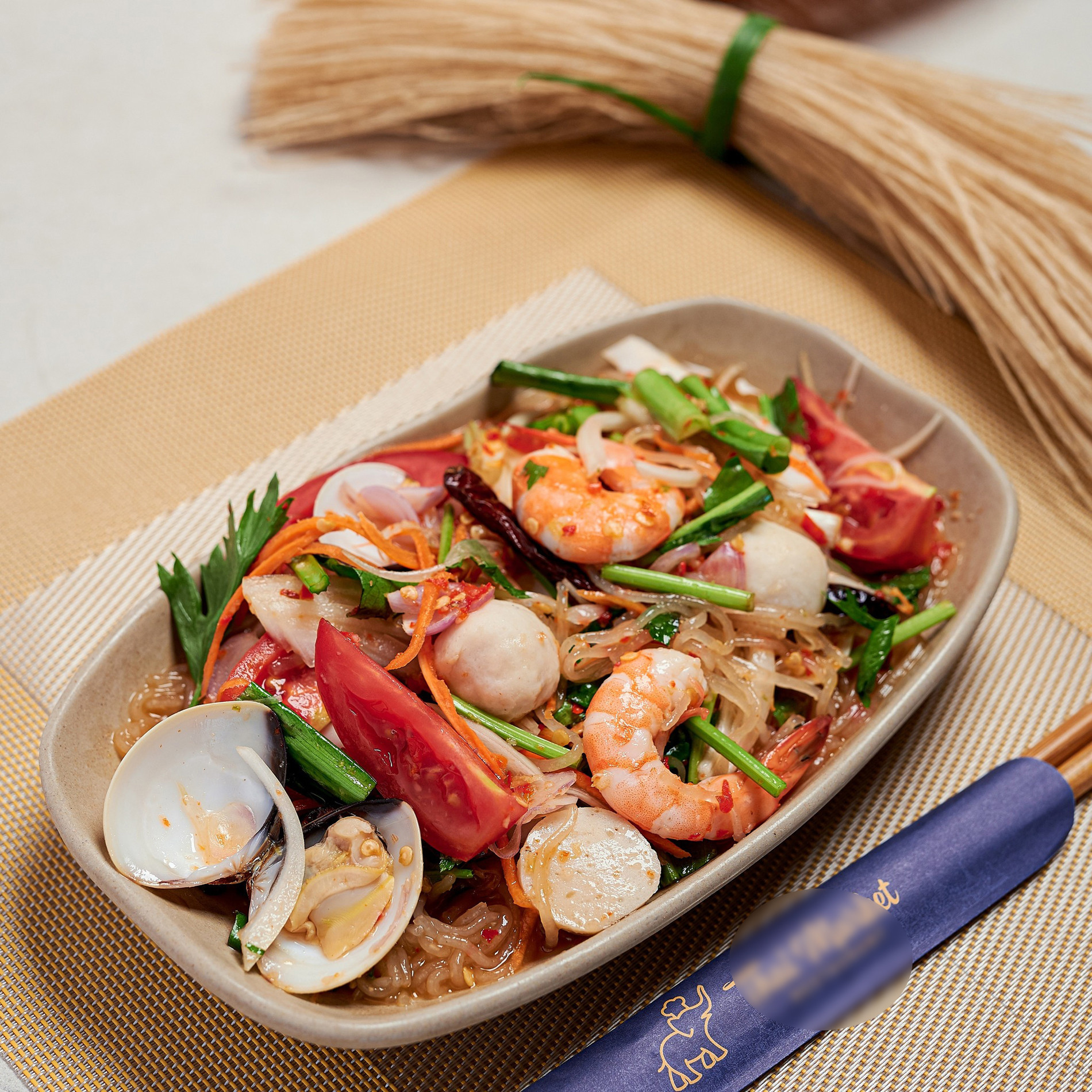 |
 |
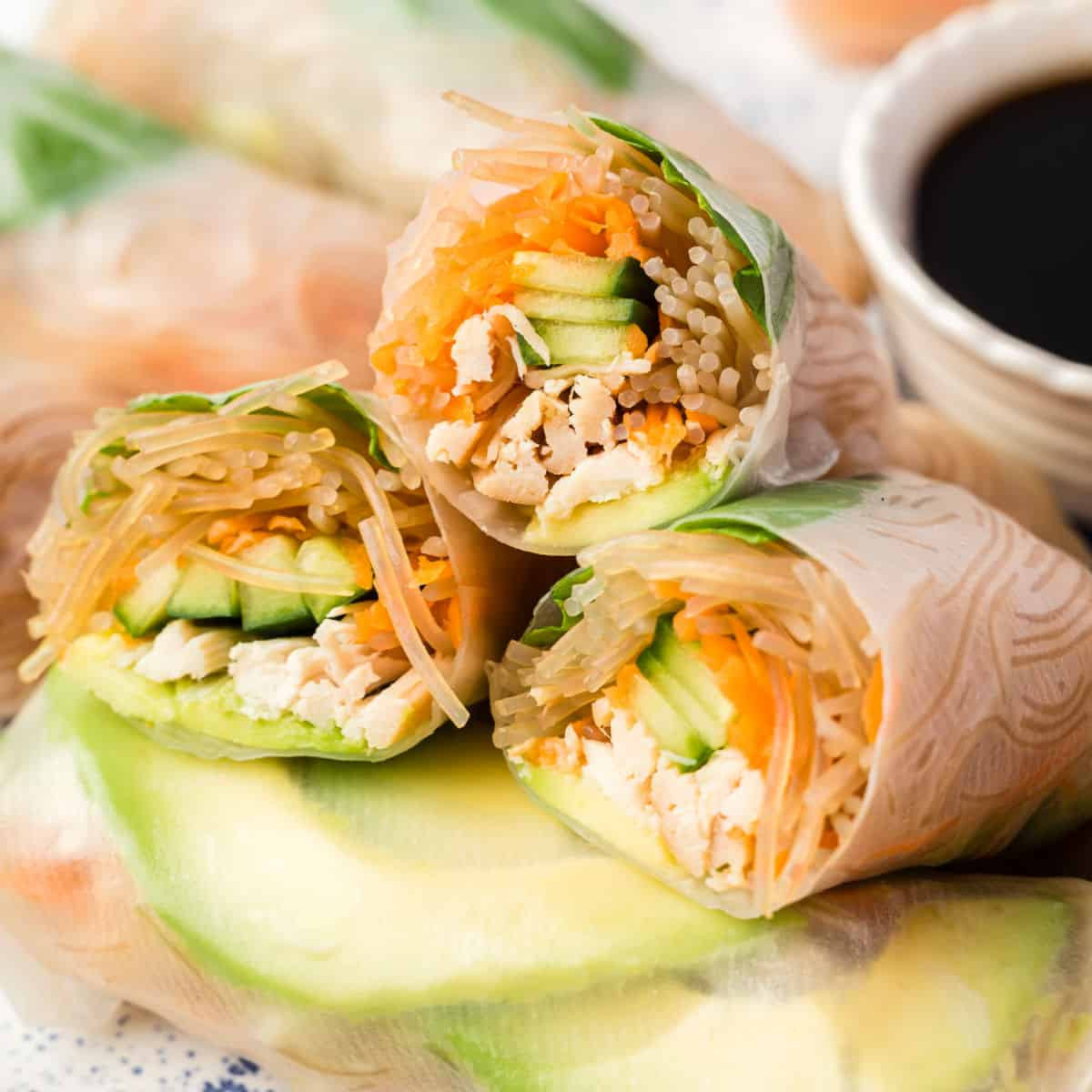 |

High-quality pho san relies on favorable weather. Freshly made, it has an ivory-white color and is crisp and dry before cooking.
Packaged dry pho san ranges from VND 30,000 to VND 120,000 per kilogram.
Photo credit: Photo: Pho san Caromi